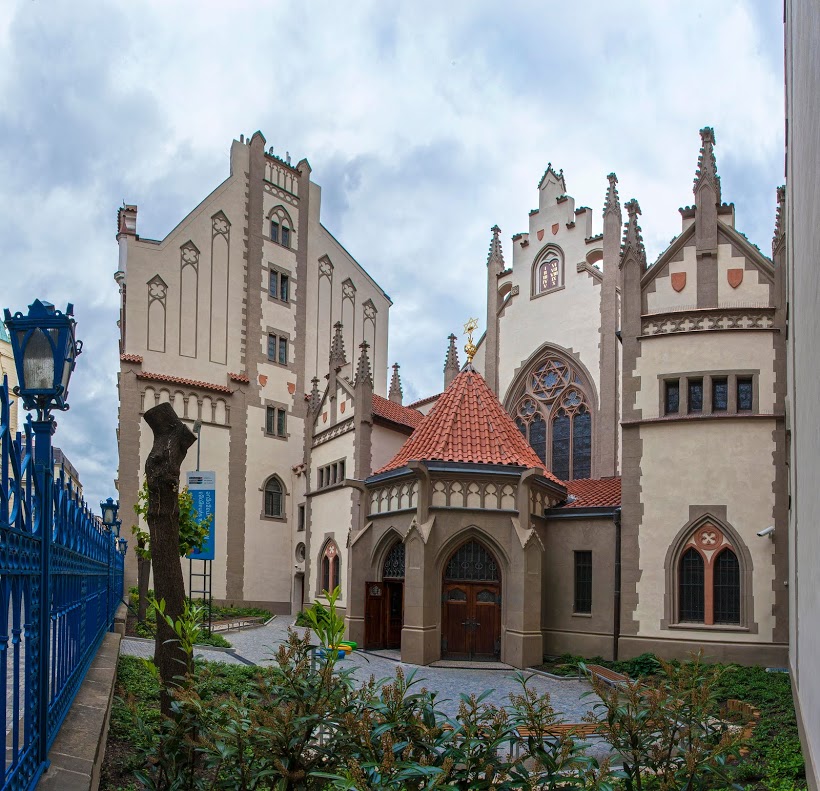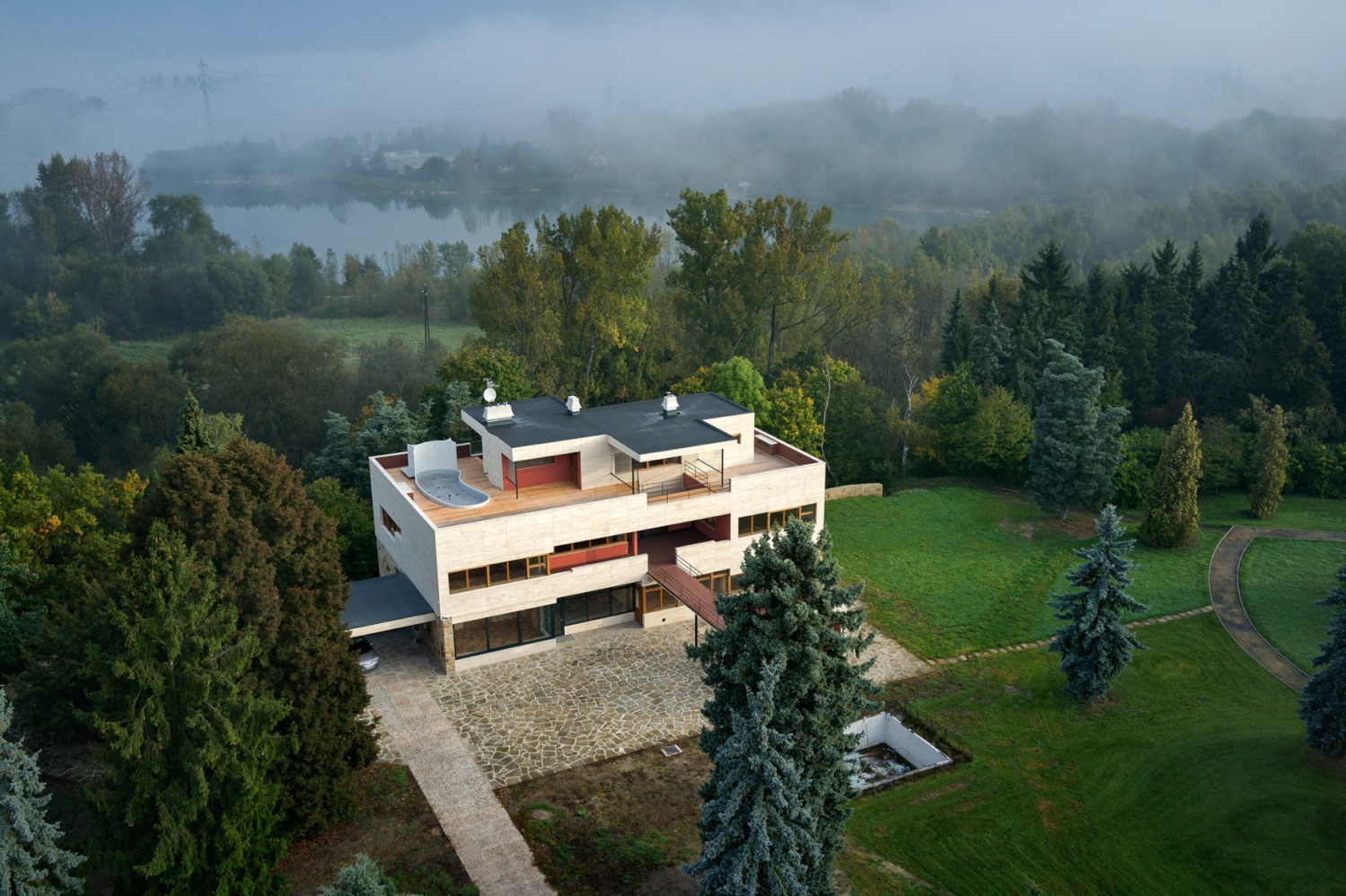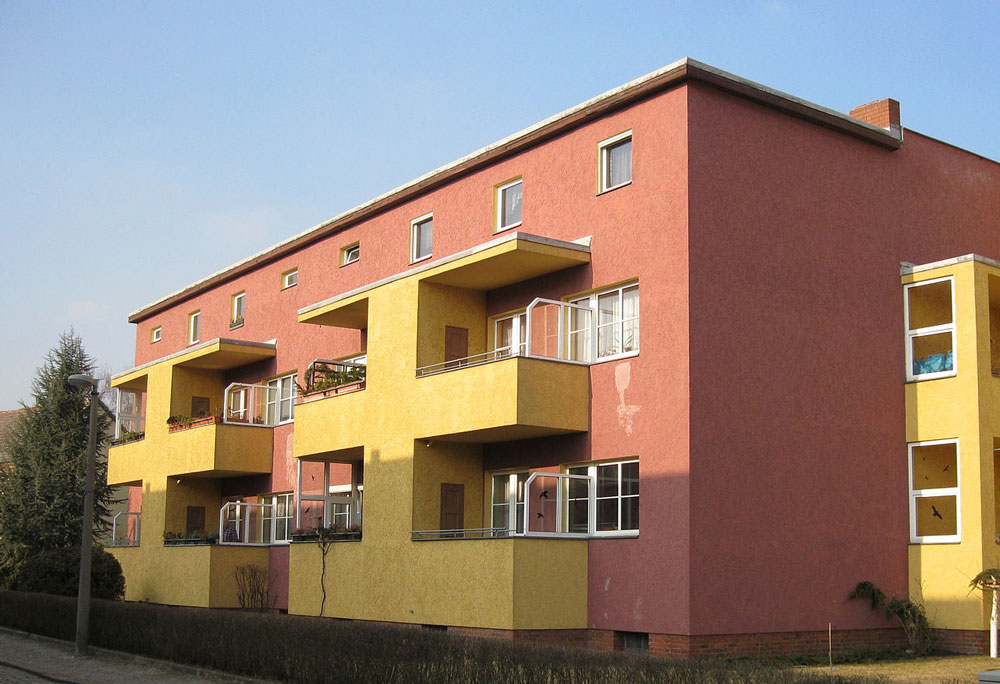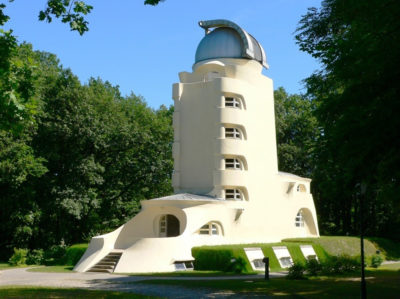
Alfred Grotte
Professor Alfred Grotte 1872-1943
Architect, author and academic, victim of National Socialism, Alfred Grotte understood the importance of preserving and documenting the built heritage of the Jewish people, their places of worship. In a twist of fate that Grotte could not have predicted, today one of Grotte’s designs is firmly on the tourist map for visitors to Prague. He is credited with completing the 1905 restoration of the Maisel Synagogue in the former Jewish quarter of Prague in the Czech Republic which forms part of the Jewish Museum of Prague (Židovské Muzeum v Praze).
TU Wien recently delivered a research paper including a computer-generated reconstruction of the interior and exterior of another Grotte design, analysing and celebrating the architectural merits of Tachov/Tachau Synagogue in Bohemia which was razed to the ground on Kristallnacht, 1938. Tachau Synagogue was designed by Grotte on a site with communal roots from the 15th Century, he had a special connection to the community which had been home to many family members and was where his mother was buried.
Grotte’s impact on the regional development of and building of synagogues, community buildings, children’s homes and banks is immense, historians are now evaluating his contribution to architecture and large body of work so it’s likely that as more information comes to light, this post will need updating on a regular basis.
Grotte travelled widely, was a prolific writer and was ‘Pfleger der Kunstdenkmäler Schlesiens’ (Keeper of Silesia’s Art Monuments). He is particularly recognised for his work in Breslau, as Wroclaw was then known. Amongst his many roles, he was a board member of the Artistic Committee of the Jewish Museum of Breslau, the focus of his attention the protecting of artefacts. Whilst he had no sense of the devastation to come, and how some of his published work would ultimately end up being an important resource for the history of willfully destroyed synagogues or those that were desecrated and repurposed, here was a man who was both recording every details and looking at ways to encourage people to connect to the stories of buildings, objects and people. His name genuinely deserves wider name-recognition.
Grotte understood the impact of Hitler coming to power and could see the real risk to communal property and created a collection catalogue (according to the TU Wein research paper) of 1200 important objects.
Ultimately he was deported from Breslau in 1942 together with his family according to a post by Yad Vashem for their Gathering the Fragments campaign, to the Grüssau transit camp in Silesia and from there to Terezinstat in 1943 where he died.
The fact that the Maisel Synagogue has been returned to former architectural glory could not have been predicted given its complex history. The first Maisel synagogue (named for its founder) was built in 1590, it went through a series of restorations, trials and tribulations and was restored by Alfred Grotte between 1893 and 1905. During WW2 the property of the deported Czech Jewish community was stolen by the Nazis who used The Maisel to store their plunder. Postwar the enormity of the struggles of the decimated community was brought into sharp focus. To whom did the artefacts and personal family items the building now housed belong? A few dedicated individuals decided to turn what was left of Grotte’s design into the Jewish Museum of Prague (Židovské muzeum v Praze). Signs were optimistic initially, a renovation was carried out, however, the task was too big and time to short. The few returning survivors and their helpers would have had to maintain the building, its contents, be part of the rebuild of a functioning community and deal with the personal loss all compounded by the fact that a few years later in 1948 Czechoslovakia became a Soviet satellite state. The museum and its property came under state control and unsurprisingly it fell into complete disrepair (let’s not forget there was no encouragement to return it to a house of worship in atheist Soviet Russia or to protect it as an architectural gem). The issue of what belonged to whom, personal and communal restitution evaporated.
It took 40 years for a ray of light to appear for the Maisel Synagogue when the Czech communist party fell, in the wake of the Velvet Revolution. Today it’s physical restoration is complete, to a standard Alfred Grotte would have appreciated, together with a cluster of synagogues the museum is open and welcoming to visitors.
Amongst Alfred Grotte’s published books:
Umbau der Synagoge in Pinne, Kreis Samter in Posen (Reconstruction of the Synagogue in Pinner, Samter District in Poznan) written in 1913
Das Bürgerhaus in den Posener Landen (The Townhouse in Poznan) in 1932
Deutsche, böhmische und Polnische Synagogentypen vom XI. bis Anfang des XIX Jahrhunderts, Der Zirkel, Architekturverlag G.m.b.H., Berlin or Leipzig (both noted in different documents), 1915, Types of German, Czech and Polish Synagogues from the 11th to the beginning of the 19th century, a book which documents and described the plans and details of more than 30 synagogues in Central Europe (the vast majority destroyed). The book was reprinted in 2013 including Grotte’s biography by Arno Pařík.
Click Here To Visit The Greyscape Architectural A-Z
Image Maisel Synagogue Jewish Museum in Prague ©







